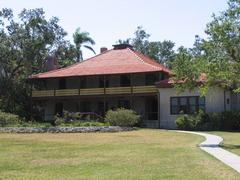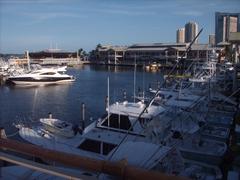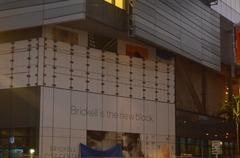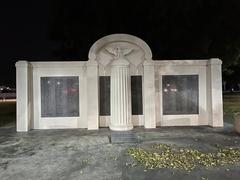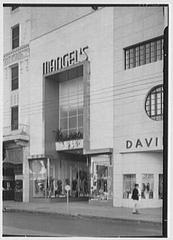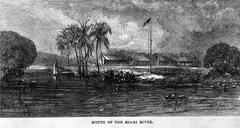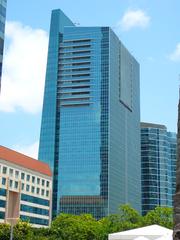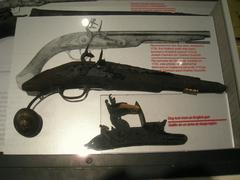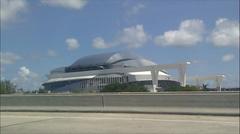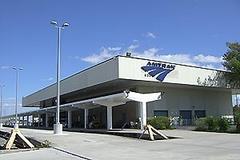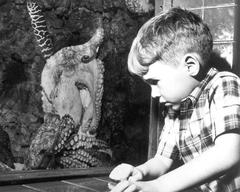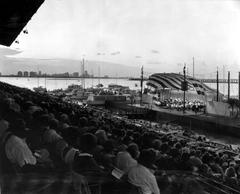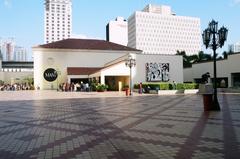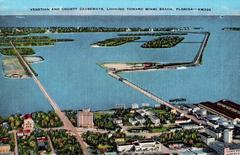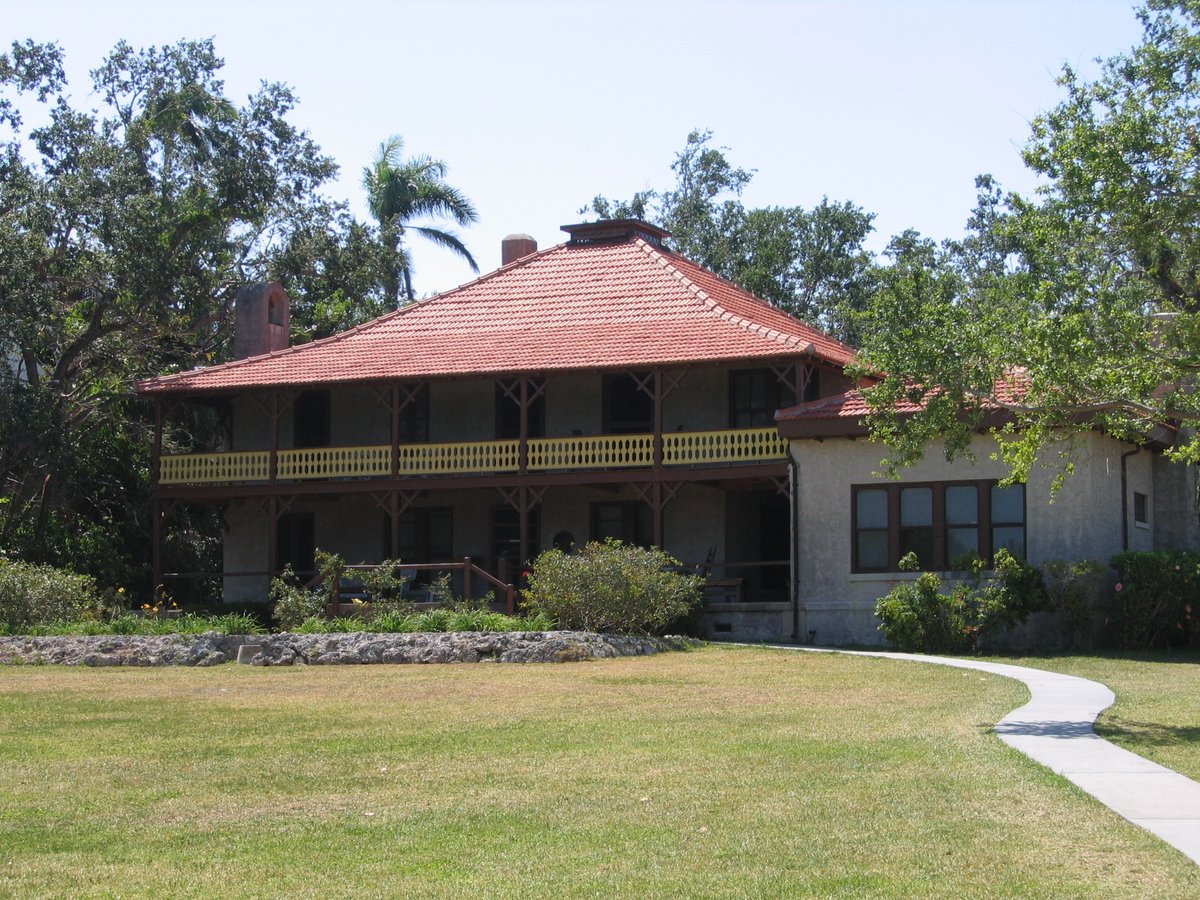
Visiting The Barnacle Historic State Park: Miami Guide to Tickets, Hours, and Attractions
Date: 14/06/2025
Introduction: Why The Barnacle Historic State Park Is a Must-Visit in Miami
Nestled along the scenic shores of Biscayne Bay within Miami’s historic Coconut Grove, The Barnacle Historic State Park is both a cultural landmark and a natural oasis. Established in the late 19th century by yacht designer and pioneer Ralph Middleton Munroe, The Barnacle preserves Miami’s oldest home on its original foundation, offering visitors a rare glimpse of Florida’s early days and lush subtropical environment (Florida State Parks).
Beyond its captivating architecture, the park protects a precious remnant of Miami’s original tropical hardwood hammock, providing a tranquil retreat in the heart of the city (Florida DEP PDF). With its blend of maritime history, natural beauty, and vibrant community events, The Barnacle stands out as one of Miami’s premier historical sites (Miami and Beaches).
Historical Overview: Origins, Architecture, and Legacy
Origins and Early Settlement
Ralph Middleton Munroe arrived in Miami in the 1880s, drawn by the promise of Biscayne Bay’s pristine waters and subtropical wilderness. In 1886, Munroe purchased 40 acres of bayfront land for $400 and constructed his unique octagonal home, affectionately called “The Barnacle.” The house’s design, inspired by Munroe’s nautical background and Caribbean architecture, maximized ventilation and was elevated to cope with South Florida’s climate (Florida State Parks).
The Era of the Bay
During Miami’s “Era of the Bay” (late 1800s to early 1900s), Coconut Grove was accessible mainly by boat. Munroe, an accomplished yacht designer, played a pivotal role in shaping the local maritime culture as Commodore of the Biscayne Bay Yacht Club for over two decades. His home became a community gathering place and is now a living reminder of Miami’s nautical roots (Florida State Parks).
Architectural Evolution and Preservation
Munroe’s home evolved over the years to accommodate his growing family—he innovatively raised the original structure and built a new floor beneath it. The property’s preservation includes original furnishings and artifacts, offering visitors a tangible link to Miami’s pioneer era (WhichMuseum). The surrounding landscape remains much as it was over a century ago, with Munroe preserving the native hammock and cutting only a narrow buggy trail for access.
Survival and Recognition
The Barnacle has withstood numerous hurricanes, including Hurricane Andrew in 1992, and is recognized as the oldest residence in Miami-Dade County still on its original site (The Collector). It became a state park in 1973 and is listed on the National Register of Historic Places.
Cultural and Environmental Significance
Cultural Importance and Community Engagement
The Barnacle is not just a preserved historic home; it is a vibrant center for community life. The park hosts concerts, cultural festivals, educational workshops, and seasonal events that celebrate Miami’s maritime and pioneer heritage (Miami and Beaches). Guided tours and interpretive signage enrich visitors’ understanding of local history and architecture.
Environmental Stewardship
The park protects one of the last remaining tracts of Miami’s original Rockland hammock, a unique tropical hardwood forest. Management efforts focus on habitat restoration, invasive species removal, and climate resilience—including shoreline stabilization and elevation of vulnerable structures (Savino & Miller). The hammock offers an urban oasis for residents and visitors, supporting a diverse array of native plants and wildlife (Florida DEP PDF).
Visitor Information: Planning Your Visit
Location and Getting There
- Address: 3485 Main Highway, Coconut Grove, Miami, FL 33133
- Access: The park is easily reached by car, public transit (Metrobus and Metrorail), or on foot from the CocoWalk area. Parking is available on-site and nearby streets (stateparks.info).
Visiting Hours and Admission
- Hours: Typically open daily from 9:00 AM to 5:00 PM, with last entry at 4:00 PM. Confirm current hours on the official website.
- Admission: $2 per adult (exact change, honor box at entrance); children under 6 free. Special events may have different pricing.
Guided Tours and Educational Programs
- Tours: Guided tours of the historic house are available daily and last about 30–45 minutes. No advance booking required for general admission; check the schedule for tour times and any additional fees.
- Educational Events: The park offers programs for schools and the public, including historical reenactments, music concerts, environmental workshops, and more (WhichMuseum).
Accessibility
- Wheelchair Access: Main trails and most facilities are wheelchair accessible. The historic house is elevated and may be less accessible.
- Facilities: Accessible restrooms, shaded picnic areas, benches, and water fountains are provided.
Amenities and Park Rules
- Pet Policy: Leashed pets are permitted in outdoor areas but not inside the historic house or on nature trails.
- Food & Drink: Allowed in picnic areas only; dispose of waste properly.
- Photography: Non-commercial photography allowed; commercial shoots require park approval.
Activities and Experiences
- Nature Trails: Stroll through Miami’s rare tropical hardwood hammock.
- Wildlife Viewing: Spot native birds, butterflies, and occasional dolphins or manatees along the bayfront.
- Relaxation: Enjoy the expansive lawn, porch rocking chairs, and panoramic Biscayne Bay views.
- Community Events: Attend concerts, movie nights, yoga classes, and cultural festivals year-round.
Photographic Spots
- Historic house with tropical foliage
- Boardwalks through the Rockland hammock
- Bayfront lawn, best at sunrise or sunset
Tips for a Memorable Visit
- Arrive Early: Enjoy cooler temperatures and fewer crowds.
- Dress Comfortably: Wear breathable clothing, and bring sun protection.
- Bring Water and Snacks: Especially during warmer months.
- Check Event Calendar: Plan around special events for a richer experience.
- Support Preservation: Consider joining The Barnacle Society or volunteering.
Frequently Asked Questions (FAQ)
Q: What are the park’s visiting hours?
A: Generally 9:00 AM to 5:00 PM; check the official website for updates.
Q: How much is admission?
A: $2 per adult; children under 6 free. Some events may have separate fees.
Q: Are guided tours available?
A: Yes, daily guided tours are available and included with admission.
Q: Is the park wheelchair accessible?
A: Most outdoor paths and restrooms are accessible; the historic house has limited access.
Q: Can I bring my pet?
A: Leashed pets are welcome in outdoor areas.
Q: Are there nearby attractions?
A: Yes, explore Coconut Grove’s shops, restaurants, CocoWalk, and Vizcaya Museum and Gardens.
Final Tips and Summary
The Barnacle Historic State Park is a unique blend of history, nature, and culture—offering Miami’s oldest home, a rare subtropical hammock, and a lively calendar of events. Visitors enjoy affordable admission, accessible facilities, and enriching tours in a peaceful bayfront setting. For the best experience, check current hours and event listings online, arrive early, and bring essentials like water, sun protection, and exact change for admission (Florida State Parks).
Supporting The Barnacle and its preservation efforts helps protect an invaluable piece of Miami’s heritage for future generations. Plan your visit today and immerse yourself in the stories, scenery, and spirit of Coconut Grove.
References
- Miami and Beaches: The Barnacle Historic State Park
- Florida DEP PDF: The Barnacle Historic State Park Management Plan
- WhichMuseum: The Barnacle Historic State Park
- Stateparks.info: The Barnacle Historic State Park Visitor Guide
- Savino & Miller: Preservation and Climate Resilience at The Barnacle
